
Stars very close to the center of our galaxy could be fueled by dark matter in perpetuity, according to a team of astronomers who recently studied the distant light sources.

Stars very close to the center of our galaxy could be fueled by dark matter in perpetuity, according to a team of astronomers who recently studied the distant light sources.
Five years ago, a galaxy 300 million light-years away got a lot brighter in telescopes, radiating ultraviolet, optical, and infrared light out into space. This year, the resurgent galaxy started emitting X-rays, indicating that its initial brightening was really just a warmup.
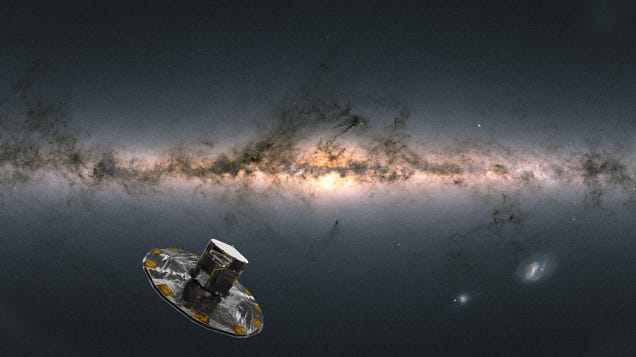
Evidence of the Milky Way’s past is encoded in wrinkles of stars, whose positions and movements have shifted as our galaxy has interacted with other galaxies, sometimes violently. Now, a team of astronomers say that the most recent of those cosmic collisions was billions of years later than was thought, making the…
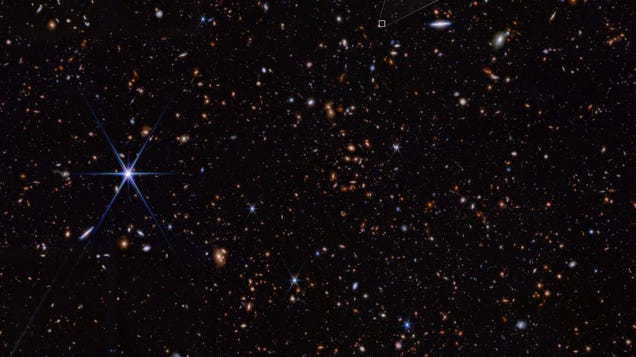
Researchers recently observed a record-breaking galaxy beaming with young stars, which existed only 290 million years after the universe came into existence, challenging our view of the Cosmic Dawn with its unexpected luminosity.
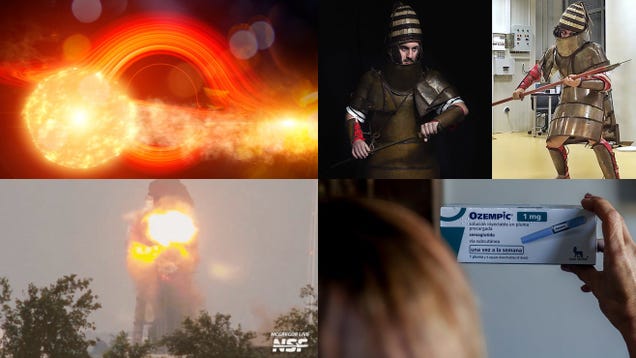
This week, science reporter Isaac Schultz described a groundbreaking effort to measure the spin of a supermassive black hole, and a fascinating experimental archaeology experiment in which marines fought each otherto test how well ancient Mycenean armor works. Other science coverage included a botched SpaceX engine…
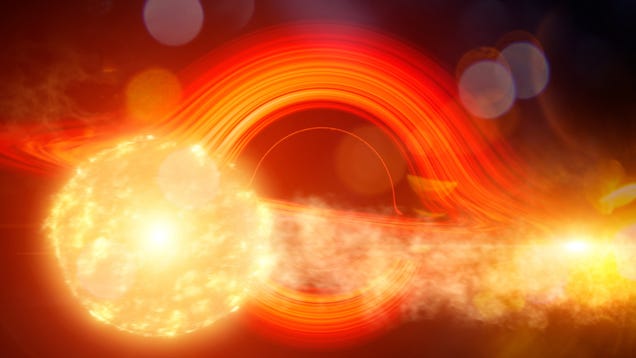
A team of astronomers has managed to calculate the speed of a distant supermassive black hole’s spin thanks to the object’s chance meeting with a star—which it promptly destroyed.
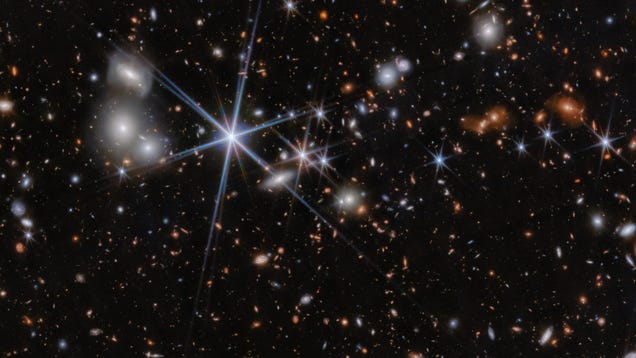
The cutting-edge Webb Space Telescope has spotted the most distant black hole merger yet, which occurred when the universe was just 740 million years old. It’s the first time astronomers have seen a merger so early in the universe’s history, making it a record breaker.
Pablo Carlos Budassi / Wikimedia Commons
Light famously cannot escape the event horizon of a black hole, leaving astrophysicists to theorize and speculate what it’s like beyond the limits of human perception. Now, NASA researchers take that theorization a step further, in the form of an animation that takes you (the viewer) into the black hole.